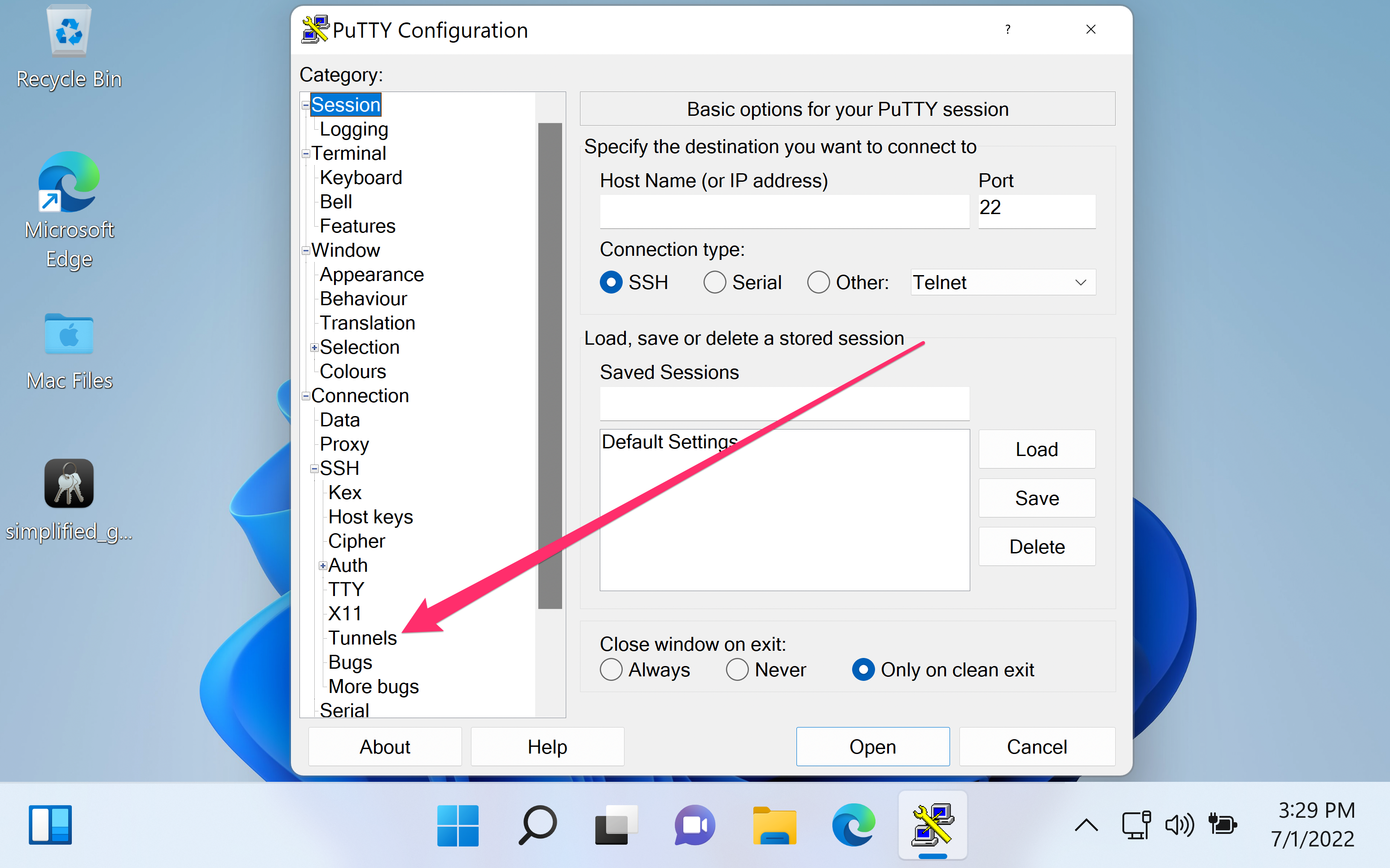


Ssh -L 8888:192.168.20.103:3389 command should also be valid on MacOS, Linux, FreeBSD, or practically anything using OpenSSH.
Ssh proxy tunnel windows windows#
If you’re using the Windows SSH client, open a CMD prompt on Your Computer and type something like this: Connecting to the Remote Networkįirst you will need to login from Your Computer to the SSH Server and create a tunnel to the Remote Network. The image above is an example of a typical configuration for port forwarding. You will need to configure your firewall on the Remote Network to forward your SSH Port to your SSH Server. See my post here on Public Key Authentication with PuTTY.
Ssh proxy tunnel windows password#
Use public key authentication instead of password authentication. You will need valid credentials to the SSH Server. The Remote Computer you are connecting to will need to have RDP enabled and you will need valid credentials for this machine. The public IP address to this Remote Network.Router or firewall rules that allows connection to the SSH Server using Port 22.The Remote Computer you are connecting to ( and private IP address to this machine!).This server is analogous to a VPN server. SSH Server: The computer on your Remote Network running an SSH server.Remote Computer: The computer at work you are trying to connect to that is on the Remote Network.Your Computer: The computer on your home network.Remote Network: This is your work network.Home Network: This is your home network.SSH tunneling allows almost any type of traffic through using any port number.įor clarity, lets assume you are at home and want to connect to your workstation in your office. Much like a VPN, a connection is first established to a remote server and network traffic is passed through the remote server and forwarded to a target computer. There are several practices for enhancing Remote Desktop security - password policies, GEOIP Filtering, VPN, 2FA - but my preferred solution, by far, is an SSH Tunnel.Īn SSH tunnel has been called a poor man’s VPN. It’s no surprise that a tool designed for ease of use has become a prime target for scripted brute force attacks and other exploits, allowing compromised machines to serve as attack vectors for Ransomware. The dangers of exposing Remote Desktop Protocol (RDP) to the internet are well documented.


 0 kommentar(er)
0 kommentar(er)
